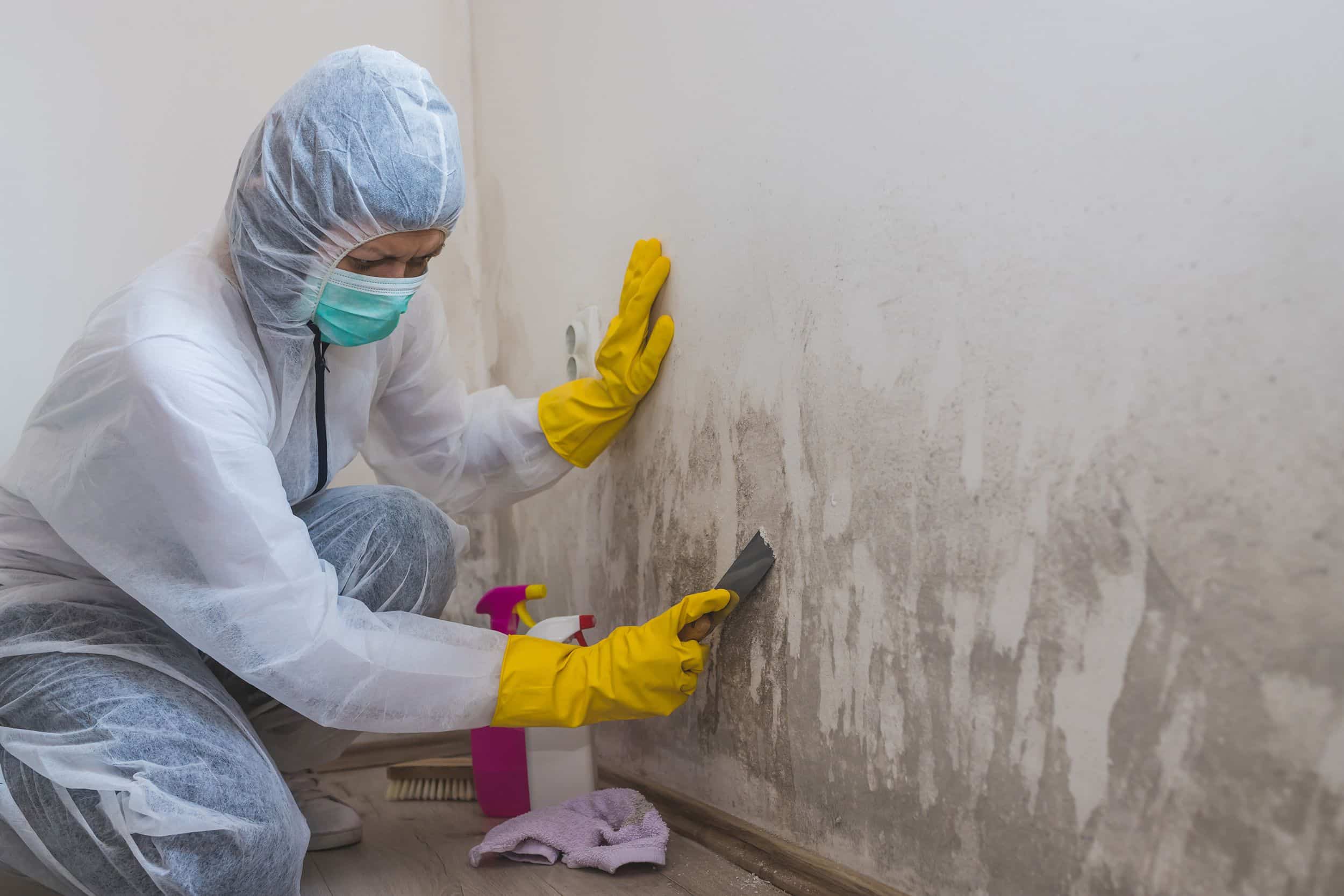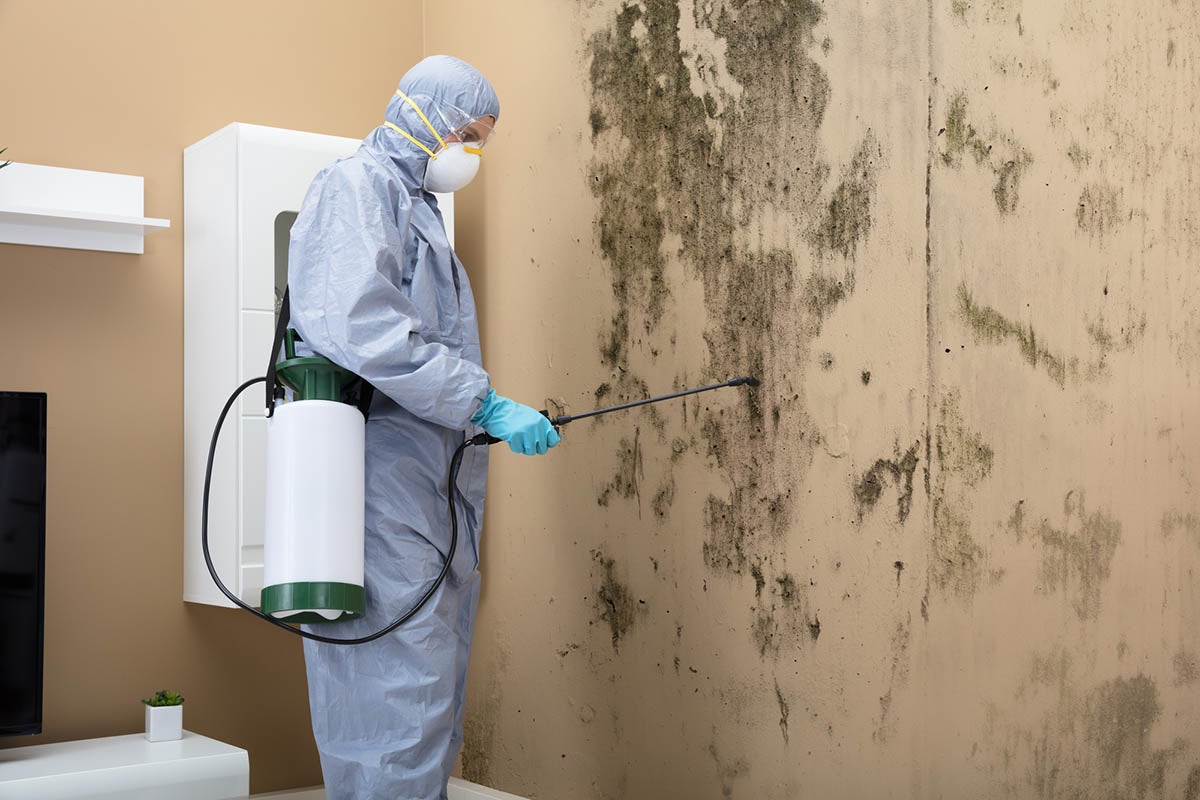After Mold Remediation Strategies for Tidy Rooms
After Mold Remediation Strategies for Tidy Rooms
Blog Article
Effective Message Mold Remediation Solutions for Your Home
Mold and mildew development in homes can be a persistent issue, usually calling for a methodical approach for efficient post-remediation solutions. From recognizing the factors that add to mold growth to implementing correct cleaning methods and moisture control procedures, the procedure can be elaborate yet crucial for preserving a healthy and balanced living environment. what to do after mold remediation.
Understanding Mold And Mildew Development Elements
Mold and mildew growth is influenced by a selection of factors that are critical to comprehend in order to successfully address and avoid its proliferation. Comprehending these variables is vital in applying successful mold removal strategies. The primary aspect adding to mold development is moisture. Mold and mildew spores call for dampness to sprout and flourish, making wet or moist environments highly vulnerable to mold invasions. Poor ventilation can likewise cause moisture build-up, developing an ideal breeding ground for mold.

In addition, air flow and light exposure can affect mold development. Areas that do not have appropriate air flow and all-natural light are more susceptible to mold and mildew advancement. By resolving these elements adequately, people can efficiently reduce mold and mildew development and guard their living atmospheres.
Correct Mold Cleansing Strategies
Utilizing effective cleaning methods is vital in preventing the recurrence and addressing of mold and mildew contamination in interior settings. The initial action in proper mold and mildew cleansing is to consist of the affected location to protect against the spread of spores to unpolluted areas.

Executing Wetness Control Actions
To efficiently prevent mold development and contamination in interior atmospheres, applying moisture control procedures is paramount. Wetness is the key factor that fuels mold and mildew growth, making it essential to handle moisture degrees within the home. One effective step is to make use of dehumidifiers to preserve indoor humidity levels below 60%. Additionally, making certain correct air flow in locations vulnerable to moisture build-up, such as washrooms and cooking areas, can help in reducing the threat of mold and mildew development. Consistently inspecting and fixing any kind of leakages in pipes, roof coverings, or home windows is likewise necessary in protecting check this site out against excess moisture accumulation. Making use of exhaust fans while cooking or bathing, and enabling air flow by keeping furnishings somewhat away from walls can assist in wetness control. Using moisture-resistant materials in high-humidity locations, such mold removal window as mold-resistant drywall and paints, can be helpful. By carefully executing these wetness control actions, homeowners can properly lower the probability of mold recontamination and keep a healthy interior atmosphere.
Making Use Of Natural Removal Solutions
After efficiently executing moisture control steps to prevent mold and mildew development in indoor settings, home owners can currently explore the performance of all-natural remediation remedies in preserving a healthy living room. Natural remediation options utilize eco pleasant methods to battle mold and mold, making them a prominent choice for those looking for non-toxic choices. By integrating these all-natural remediation remedies into their cleansing routines, homeowners can successfully fight mold and mildew growth while promoting a much healthier interior environment for themselves and their family members.

Maintaining a Mold-Free Atmosphere
Frequently checking locations vulnerable to mold and mildew development, such as shower rooms, attics, basements, and kitchen areas, is important. Correct air flow in areas with high moisture degrees is likewise key to preventing mold growth.
In addition, preserving cleanliness in the home is essential for mold avoidance. Consistently cleansing and dusting surfaces, rugs, and upholstery can assist remove mold spores prior to they have an opportunity to work out and increase. Making use of mold-resistant products for construction materials and home furnishings can even more aid in creating a mold-free environment. Lastly, maintaining indoor plants in check and making sure correct drain in outside landscaping can decrease dampness build-up, decreasing the probability of mold and mildew problems. By complying with these aggressive maintenance practices, property owners can successfully support a mold-free space.
Verdict
Finally, it is crucial to deal with mold development aspects, use proper cleansing strategies, carry out moisture control measures, make use of natural removal solutions, and keep a mold-free environment in order to properly handle blog post mold removal in your home - Post Mold Remediation Report. By following these techniques, you can protect against mold from persisting and make certain a healthy living atmosphere for you and your family members
The primary element adding to mold and mildew growth is wetness. Mold and mildew spores require wetness to sprout and flourish, making damp or damp atmospheres very vulnerable to mold and mildew problems.To efficiently prevent mold development and contamination in indoor atmospheres, applying moisture control steps is extremely important. Additionally, guaranteeing appropriate air flow in locations prone to moisture buildup, such as check my blog kitchens and bathrooms, can assist minimize the threat of mold and mildew growth.After efficiently applying wetness control steps to avoid mold development in interior settings, homeowners can now discover the performance of all-natural removal options in preserving a healthy living space.
Report this page